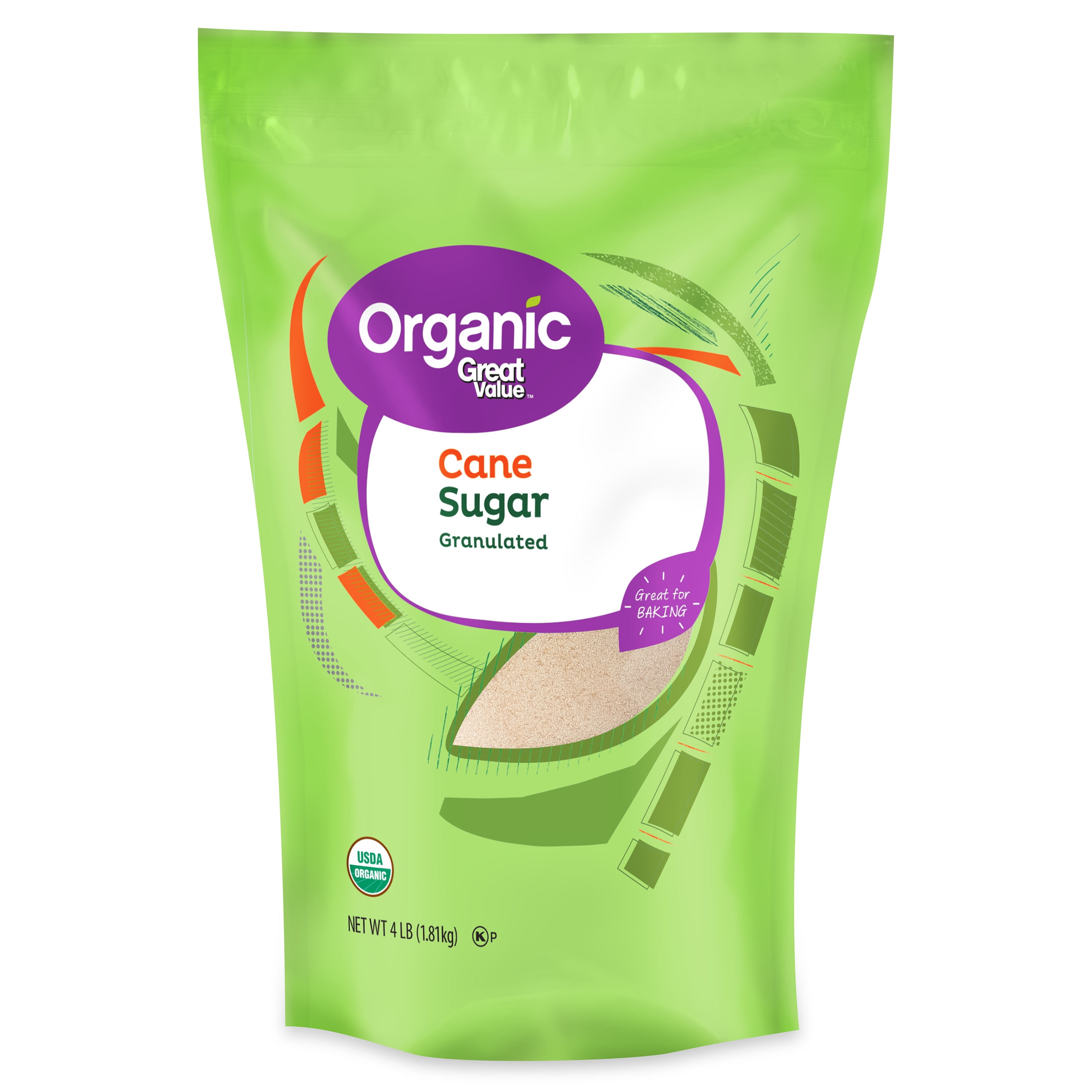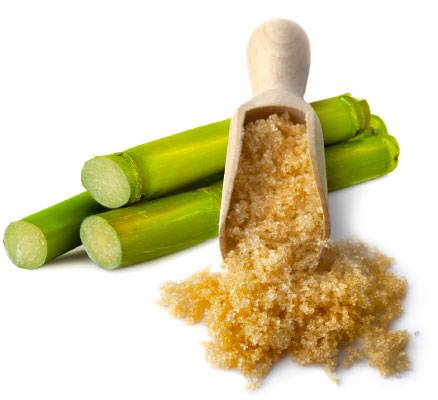A Comprehensive Overview to the Ecological Impact and Sustainability Practices in Walking Stick Sugar Processing
The ecological effect of walking stick sugar handling offers an intricate variety of challenges that warrant careful examination. From soil deterioration and extreme water usage to the carbon impact connected with growing and manufacturing, the effects of standard techniques are far-reaching. On the other hand, the fostering of cutting-edge sustainability actions supplies a path towards a lot more accountable production methods. Understanding the interaction in between these problems is critical for stakeholders in the sector. What certain methods can be executed to strike a balance in between efficiency and environmental stewardship? The solutions depend on a better take a look at both the challenges and possible options.
Summary of Walking Cane Sugar Processing
Walking cane sugar processing entails a series of organized steps that change sugarcane into refined sugar. Initially, gathered sugarcane is carried to refining facilities, where it undertakes cleaning to get rid of soil and debris. Following this, the walking cane is crushed to remove juice, which is then cleared up by getting rid of impurities with home heating and the addition of lime.
The made clear juice undergoes evaporation, where water is gotten rid of to concentrate the sugar material. This focused syrup is then crystallized via cooling, enabling sugar crystals to create. These crystals are divided from the remaining syrup utilizing centrifugation, causing raw sugar. To achieve refined sugar, the raw item undertakes further purification processes, which might consist of washing and filtering to remove remaining impurities and color.
The last product is then dried and packaged for distribution. Throughout this entire process, preserving effectiveness and high quality control is essential to guarantee the sugar satisfies market requirements. Each action in walking stick sugar handling not just adds to the last product however likewise has ramifications for source use and waste generation, setting the stage for discussions on sustainability and environmental impacts associated with sugar production.
Ecological Obstacles of Manufacturing
The manufacturing of walking stick sugar provides a number of considerable ecological difficulties that warrant attention. One primary issue is the comprehensive use agrochemicals, consisting of pesticides and plant foods, which can bring about dirt deterioration, biodiversity loss, and contamination of local water sources. The drainage from sugarcane areas typically brings these chemicals into neighboring environments, interrupting aquatic life and influencing the wellness of neighborhoods reliant on these water bodies.
Another obstacle is the high energy consumption connected with sugarcane handling. The boiling and refining phases need substantial warmth, mostly generated by melting fossil gas, adding to greenhouse gas exhausts. Furthermore, the expansive acreage required for sugarcane growing can result in logging and habitat devastation, additional exacerbating environment change and harmful wild animals.
Furthermore, the labor techniques in some regions elevate honest problems, as workers might face inadequate working conditions and inadequate incomes. This circumstance often continues a cycle of destitution in regional areas. Cane Sugar Processing. Dealing with these ecological challenges is vital for developing more sustainable practices in cane sugar manufacturing, inevitably profiting both the environment and the neighborhoods involved in this industry
Water and Land Usage Impact
Water resources and land application are vital parts in the cane sugar market that dramatically affect the setting. The cultivation of sugarcane needs considerable water input, with price quotes recommending that it can consume as much as 2,000 liters of water per kg of sugar generated. This extensive use water commonly results in exhaustion of neighborhood water sources, influencing not just the sugarcane plantations but likewise bordering environments and areas that count on the same water sources for agriculture and domestic use.

Moreover, land use for sugarcane growing can lead to deforestation and the conversion of all-natural habitats right into monoculture plantations. This method lessens biodiversity, interrupts regional ecosystems, and adds to dirt degradation. The growth of sugarcane areas typically encroaches on important farming land, developing competition for resources in between food and biofuel production.
Sustainable methods, such as enhancing irrigation strategies and carrying out plant rotation, are essential to reduce these effects. By click reference taking on more effective water usage and land monitoring approaches, the cane sugar market can minimize its eco-friendly impact, ensuring a balance between agricultural performance and ecological conservation.
Greenhouse Gas Emissions
Greenhouse gas emissions represent a significant environmental worry within the walking cane sugar handling sector, specifically as farming techniques increase to fulfill international need. The farming of sugarcane, a plant that prospers in exotic environments, counts greatly on artificial plant foods and chemicals, which add to nitrous oxide discharges. Furthermore, land-use changes, including deforestation for brand-new sugarcane haciendas, launch co2 kept in greenery and soil.
Throughout processing, energy intake is one more major resource of greenhouse gas exhausts - Cane Sugar Processing. Lots of sugar mills use fossil fuels to power equipment and produce heat, causing significant carbon footprints. In addition, the transportation of raw sugarcane and finished items adds layers of discharges through gas combustion in vehicles
The cumulative result of these exhausts aggravates climate modification, positioning dangers not only to the environment yet likewise to the long-term feasibility of the industry. Stakeholders check this have to acknowledge the immediate requirement for thorough techniques that address these discharges. This involves examining current farming practices, processing approaches, and transportation systems to recognize areas for improvement and reduction. Dealing with greenhouse gas exhausts is crucial for fostering an extra sustainable walking cane sugar industry in an altering environment.

Sustainable Practices and Innovations
Lasting practices and technologies are progressively vital in the walking cane sugar processing sector as stakeholders seek to reduce ecological impacts while keeping productivity. One substantial development is the execution of integrated plant administration, which maximizes resource usage by combining dirt monitoring, insect control, and plant rotation methods. This approach improves return while minimizing chemical inputs and maintaining soil health and wellness.
Moreover, the adoption of renewable resource sources, such as biomass from sugarcane deposits, has acquired grip - Cane Sugar Processing. By transforming waste items right into energy, refining centers can decrease their reliance on fossil fuels, therefore reducing greenhouse gas discharges
Water management methods have actually additionally seen improvements with the recycling and reusing of water in handling plants, substantially decreasing freshwater intake. Innovations in innovation, such as accuracy farming, enable farmers to keep track of plant wellness and source use more efficiently, making sure lasting growing methods.
In addition, qualification programs like Fair Trade and Rainforest Alliance encourage environmentally responsible farming practices and promote social equity within the supply chain. By embracing these sustainable practices and developments, the walking stick sugar processing industry can improve its durability and contribute positively to environmental stewardship.
Conclusion
The ecological influence of walking cane sugar handling provides considerable difficulties, including soil degradation, high water intake, and greenhouse gas exhausts, together with honest issues connected to labor practices. Addressing these concerns via sustainable practices, such as incorporated plant administration, renewable energy fostering, and water recycling, is crucial. By advertising environmentally responsible and socially fair approaches in sugar production, the industry can minimize its negative visit their website impacts, ensuring an extra sustainable future for both areas and environments associated with this field.
Walking cane sugar processing entails a series of organized steps that transform sugarcane right into refined sugar. Each action in cane sugar handling not only adds to the final item but likewise has implications for source use and waste generation, establishing the stage for conversations on sustainability and environmental influences associated with sugar manufacturing.
Greenhouse gas emissions stand for a considerable ecological worry within the cane sugar processing sector, especially as farming methods increase to meet international demand.Sustainable techniques and developments are significantly important in the walking cane sugar processing market as stakeholders look for to decrease ecological influences while preserving performance.The ecological effect of walking cane sugar handling provides significant difficulties, including dirt destruction, high water intake, and greenhouse gas exhausts, along with ethical issues associated to labor techniques.